In the misty valleys and moss-covered lava fields of Iceland, whispers of unseen beings have persisted for centuries. The Icelandic belief in hidden elves, or huldufólk, is no mere fairy tale—it’s a cultural cornerstone that shapes land development, folklore, and even modern-day environmental debates. To outsiders, it may seem whimsical, but for many Icelanders, these invisible neighbors are as real as the rugged landscapes they inhabit.
The concept of hidden people isn’t unique to Iceland, but nowhere else are they so deeply woven into the national psyche. Road construction projects have been rerouted to avoid disturbing elf dwellings, and homeowners often leave small offerings—bowls of porridge or shiny trinkets—to keep the peace with their supernatural cohabitants. Scholars argue that this belief stems from Iceland’s volatile geology; the ever-shifting earth, steaming vents, and sudden eruptions made it easy to imagine otherworldly forces at work. Yet, the stories are far more nuanced than simple explanations.
One particularly famous case involved a government-backed highway project in the 1970s. Workers reported machinery inexplicably breaking down whenever they attempted to move a certain rock. After repeated failures, a local elf medium was consulted, and she claimed the boulder was a sacred elf church. The road was redesigned, and the equipment suddenly functioned flawlessly. Skeptics dismiss it as coincidence, but the story is now folklore gospel, cited as proof of the huldufólk’s influence.
What’s striking is how these traditions straddle the line between myth and lived reality. In Reykjavik, you’ll find elf schools offering crash courses on invisible folklore, complete with "elf maps" marking supernatural hotspots. Meanwhile, rural farmers still speak of "alfablessa"—elf curses—blaming them for everything from sour milk to missing livestock. The duality is fascinating: a nation with one of the world’s highest literacy rates and cutting-edge geothermal technology still openly entertains the possibility of an unseen civilization.
Environmentalists have recently co-opted the elf narrative to block industrial projects. When a proposed aluminum smelter threatened a pristine region, activists partnered with elf enthusiasts to argue that the development would desecrate hidden elf cities. The campaign gained international attention, framing Iceland’s folklore as a form of indigenous ecological wisdom. Critics rolled their eyes, but the tactic worked—the project was scaled back. This intersection of myth and activism raises provocative questions: Are elves Iceland’s original environmentalists? Or has modern guilt about nature’s destruction found an unlikely vessel in ancient stories?
Anthropologists note that elf beliefs often cluster around geologically unstable areas—precisely where construction is most hazardous. Some suggest the legends function as oral risk assessments, using supernatural taboos to deter building on floodplains or earthquake zones. In this light, the huldufólk aren’t just whimsy; they’re a cultural memory of environmental vulnerability encoded in fantastical terms. The elves, then, become guardians not just of hidden realms, but of practical survival knowledge.
Tourism has further complicated the dynamic. "Elf walks" are now a lucrative niche, with guides spinning tales of invisible feasts and rock-dwelling civilizations. Gift shops sell tiny elf houses (often just painted pebbles) to credulous visitors. Purists grumble about commercialization, but the trend has undeniably revived interest in vanishing oral traditions. For younger Icelanders raised on global pop culture, the huldufólk offer a tangible link to their heritage—even if they don’t fully believe in them.
The tension between skepticism and tradition plays out in homes. One Reykjavik teenager admitted, "My grandma leaves milk out for elves. My dad says it’s nonsense. I think… maybe the elves are metaphors?" This generational negotiation mirrors Iceland’s broader identity crisis—a hyper-connected society grappling with its isolationist past. The elves endure because they’re adaptable: ecological symbols, nationalist emblems, or just charming stories, depending on who you ask.
Perhaps the most poignant aspect is how the huldufólk reflect Iceland’s relationship with its harsh environment. In a land where glaciers can swallow villages and volcanoes rewrite maps overnight, the unseen elves embody humility—a reminder that humans don’t fully control their surroundings. Whether literal or metaphorical, they represent a cultural resistance to the arrogance of modernity. After all, if even a tiny rock might house beings beyond your perception, shouldn’t you tread more carefully?
As climate change reshapes Iceland’s landscapes at alarming speed, the elf discourse has taken on new urgency. Melting ice exposes ancient forests buried for millennia, and some whisper that the huldufólk are restless, their territories violated. Whether these stories will evolve into allegories for ecological grief or harden into nationalist myths remains to be seen. But one thing is certain: in Iceland, the invisible is always political, and the ground beneath your feet is never just dirt and stone.
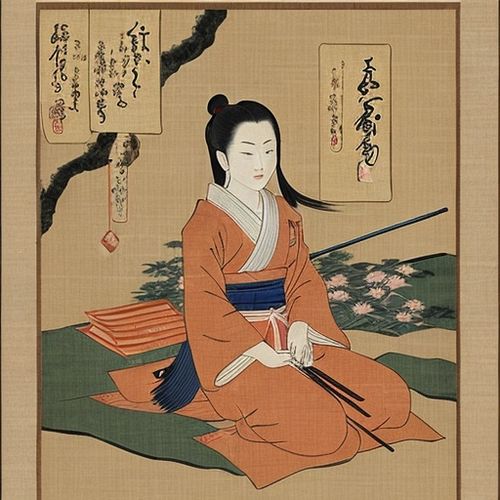
By Thomas Roberts/Apr 28, 2025
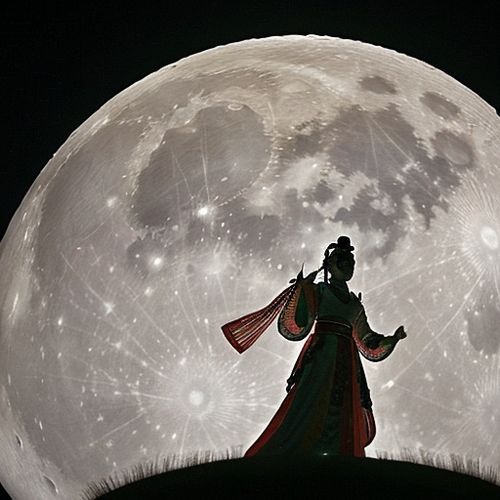
By Samuel Cooper/Apr 28, 2025
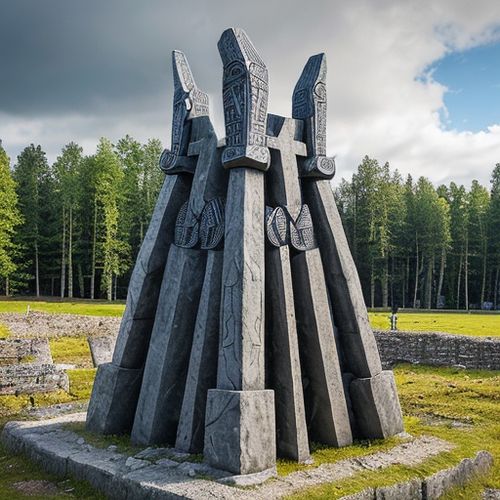
By Michael Brown/Apr 28, 2025
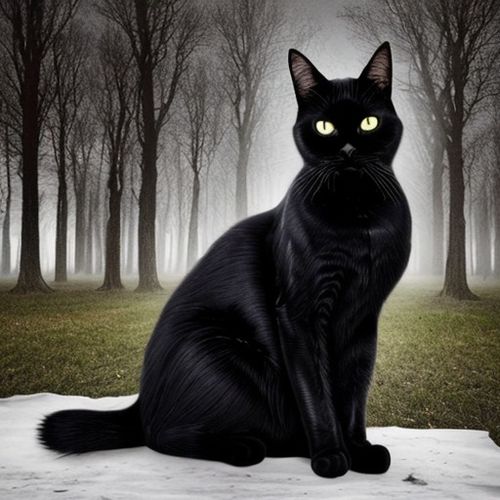
By Emily Johnson/Apr 28, 2025
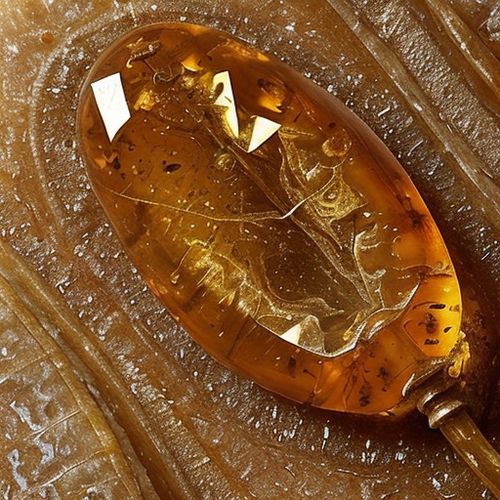
By Daniel Scott/Apr 28, 2025

By George Bailey/Apr 28, 2025
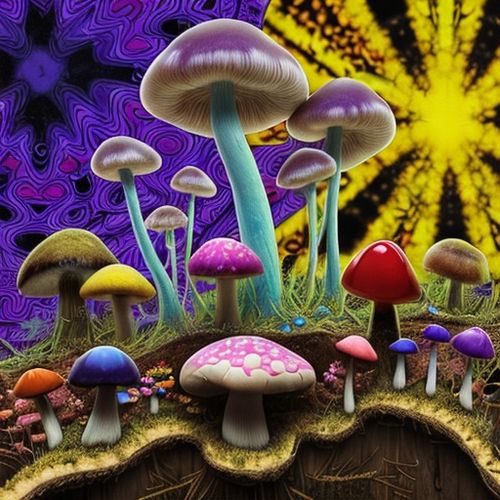
By Victoria Gonzalez/Apr 28, 2025
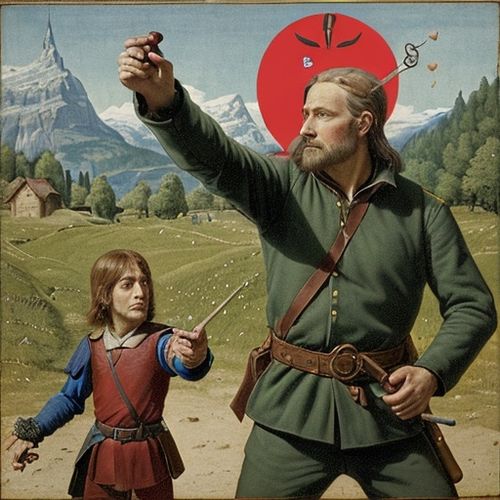
By David Anderson/Apr 28, 2025
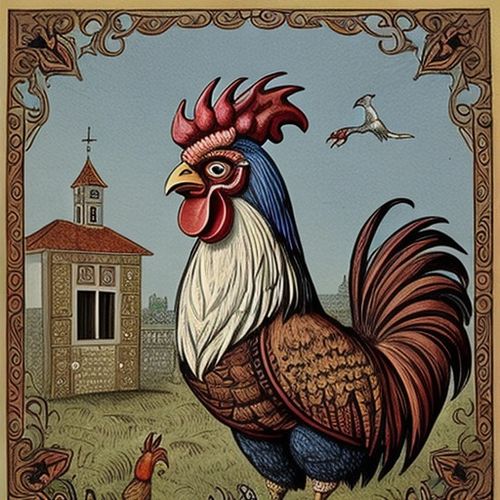
By Lily Simpson/Apr 28, 2025
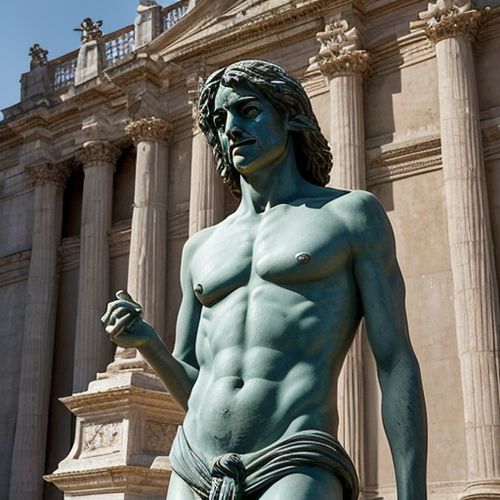
By Laura Wilson/Apr 28, 2025

By Benjamin Evans/Apr 28, 2025
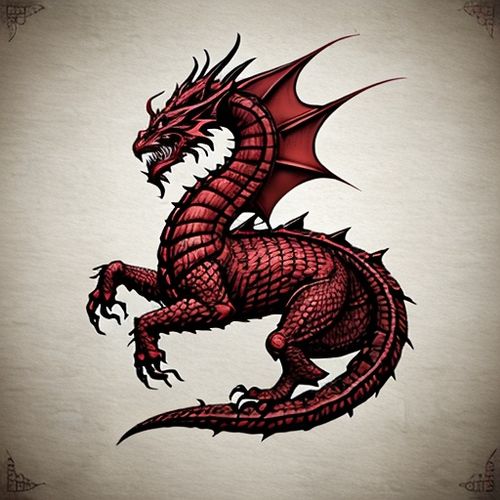
By Grace Cox/Apr 28, 2025
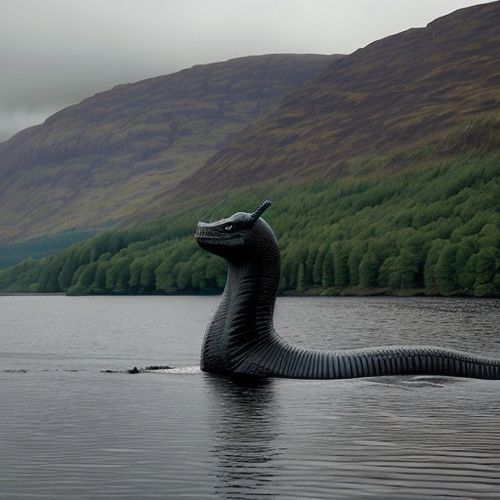
By Ryan Martin/Apr 28, 2025
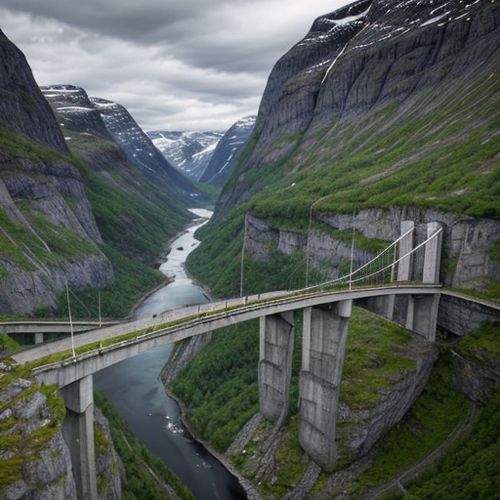
By Daniel Scott/Apr 28, 2025
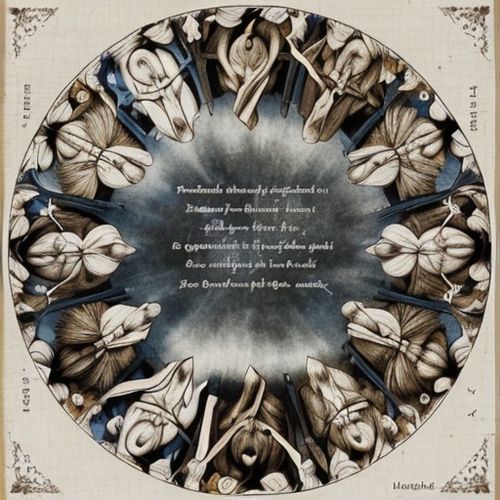
By Elizabeth Taylor/Apr 28, 2025
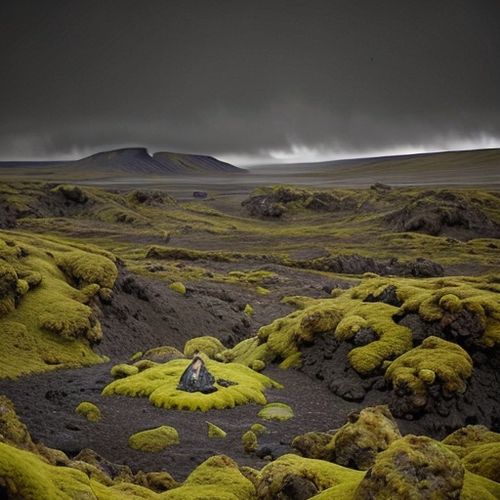
By Joshua Howard/Apr 28, 2025
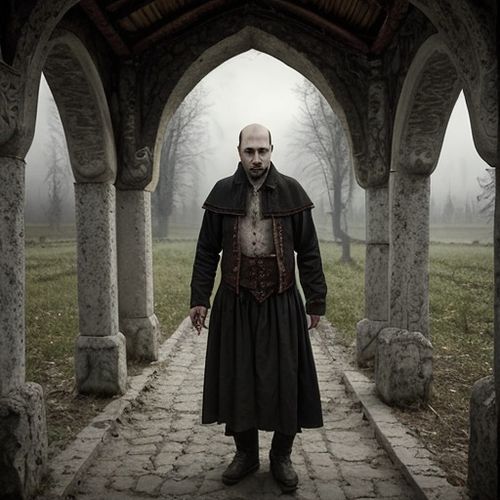
By Emily Johnson/Apr 28, 2025